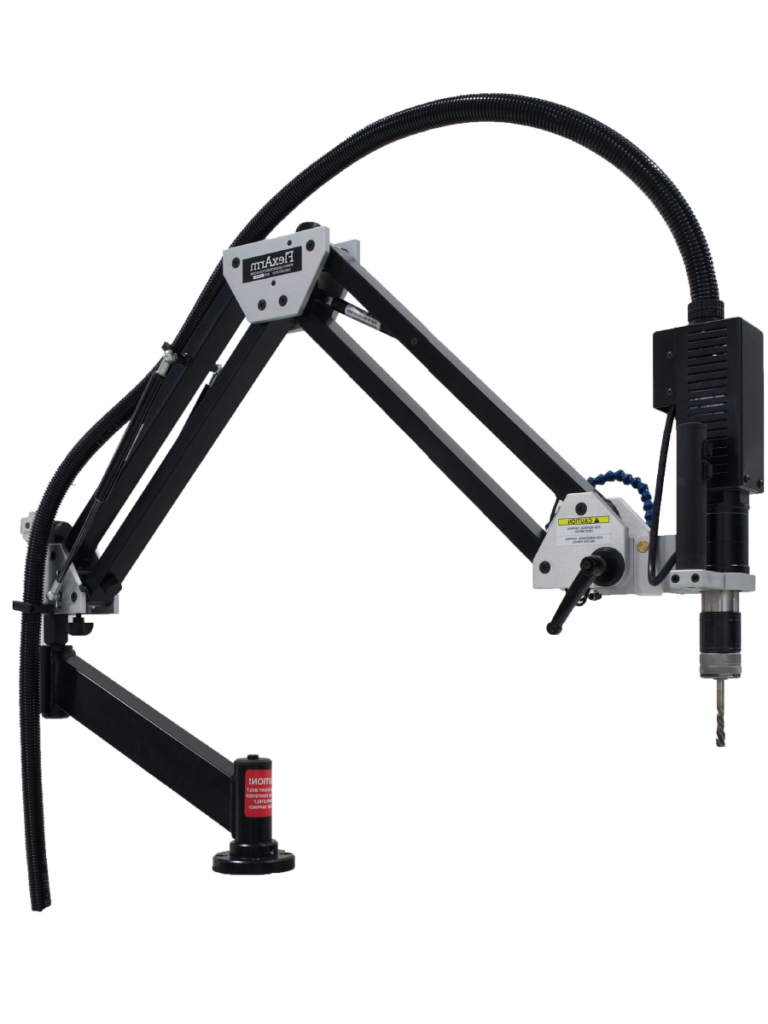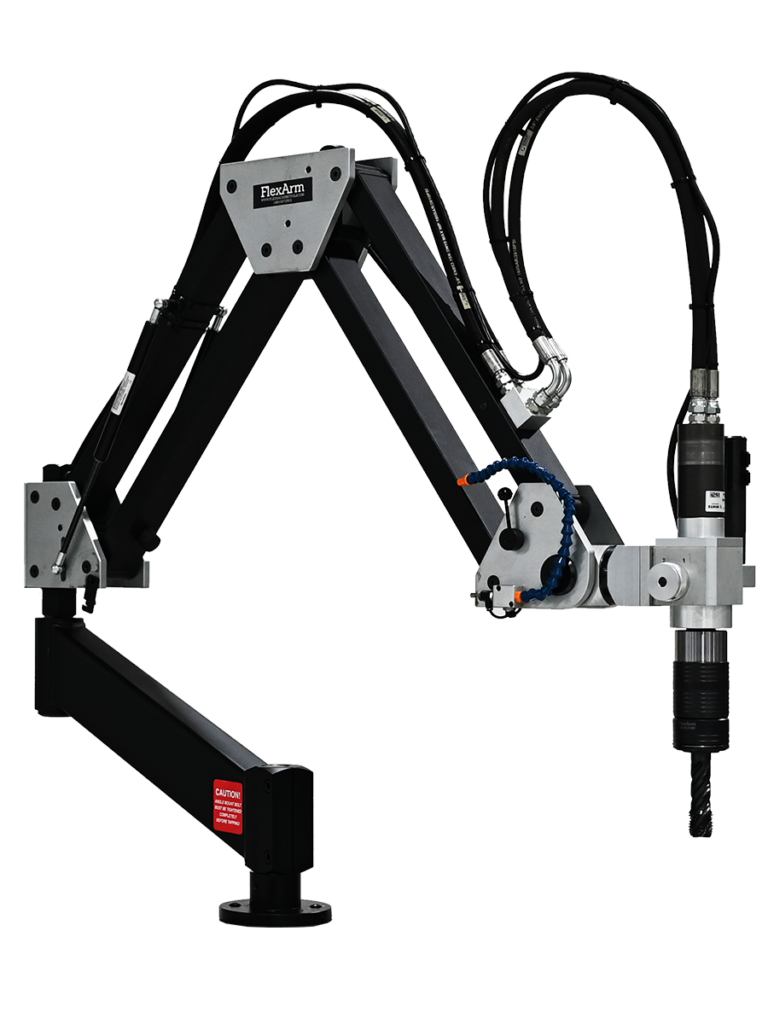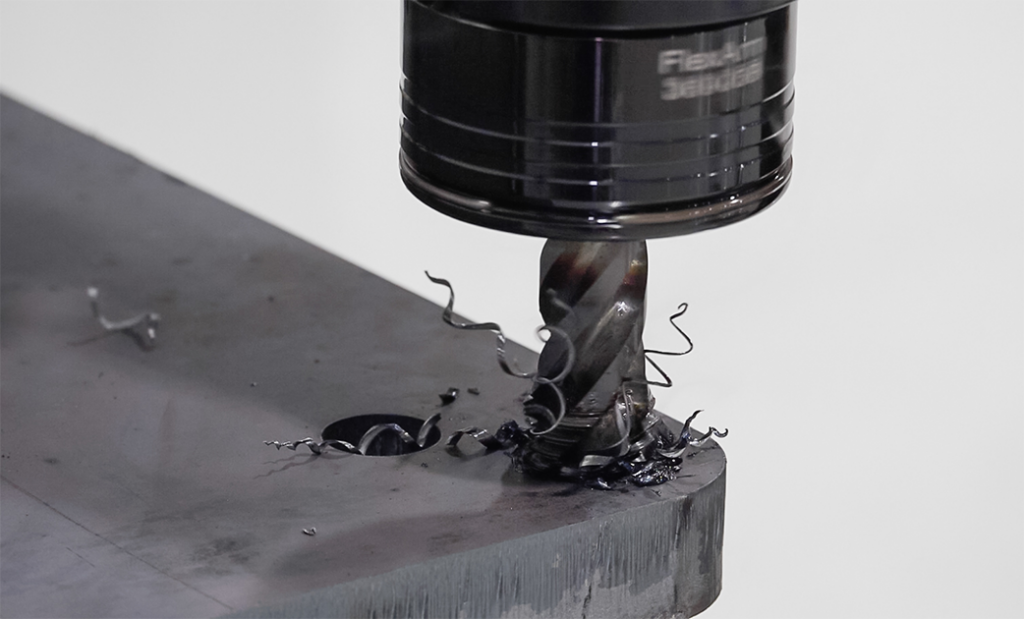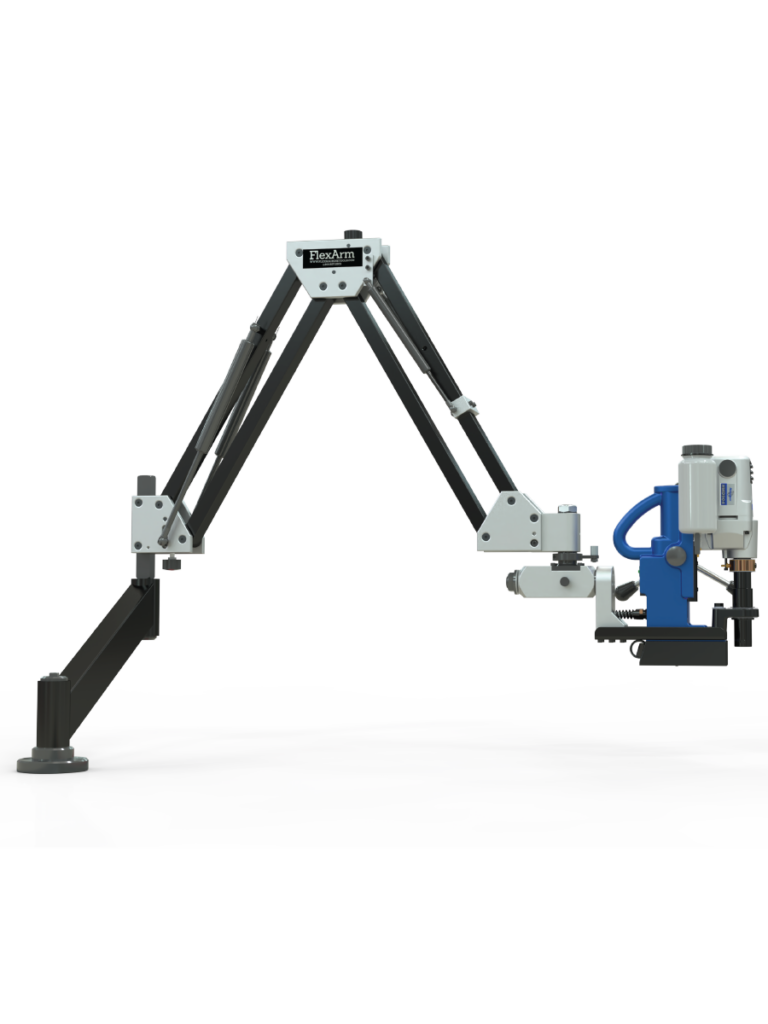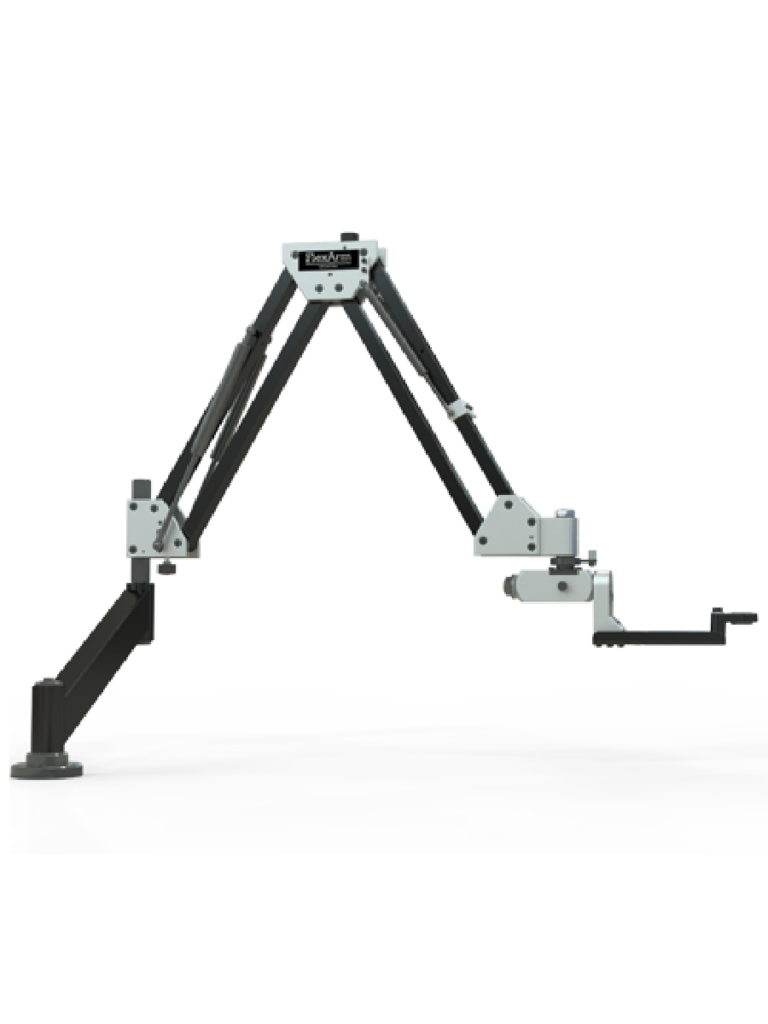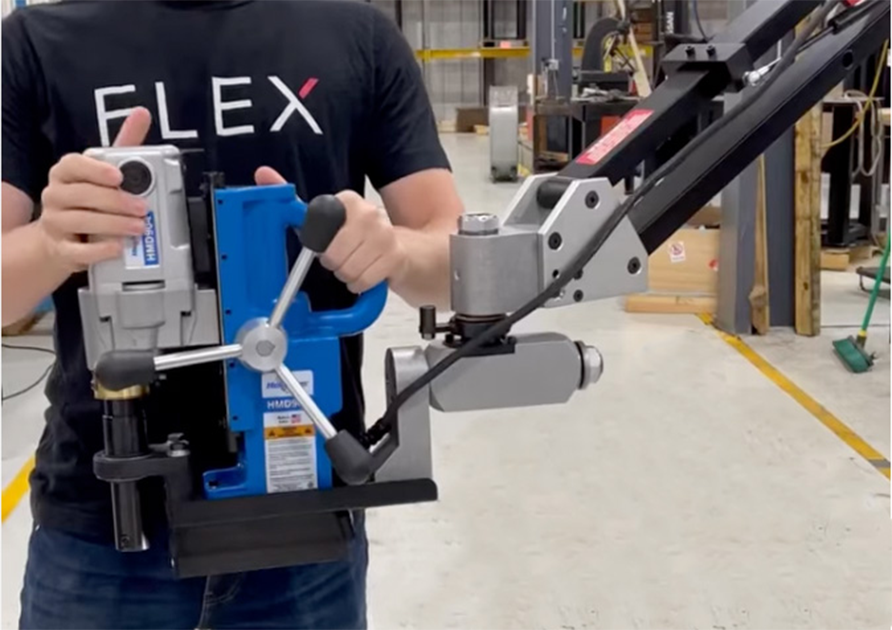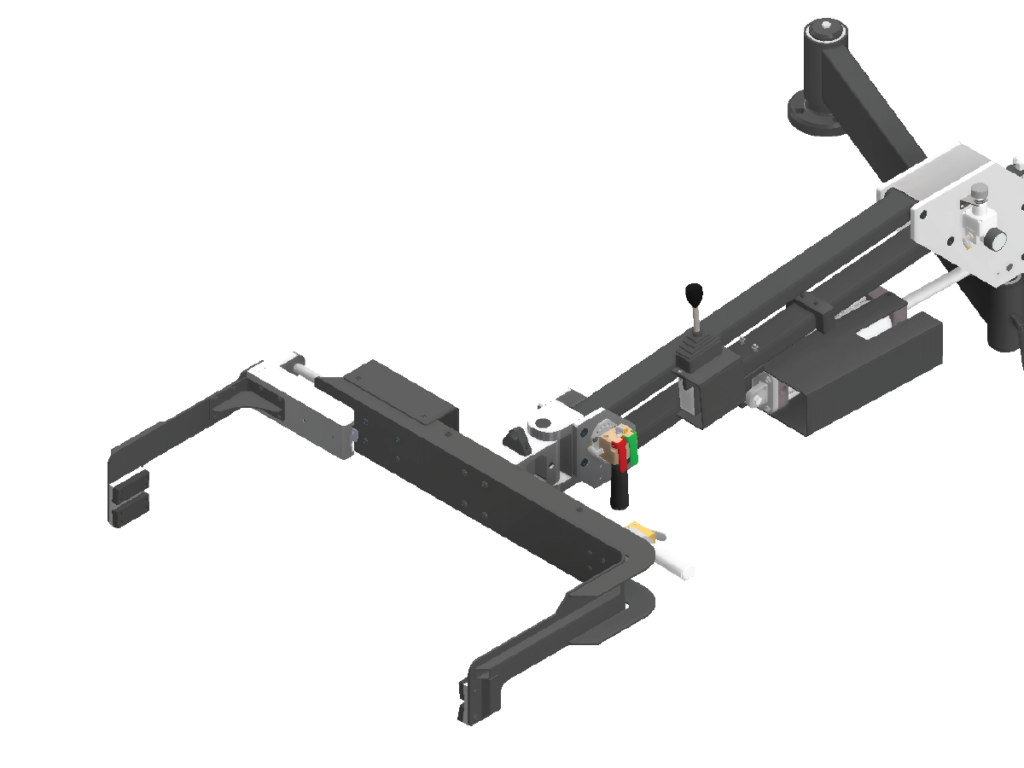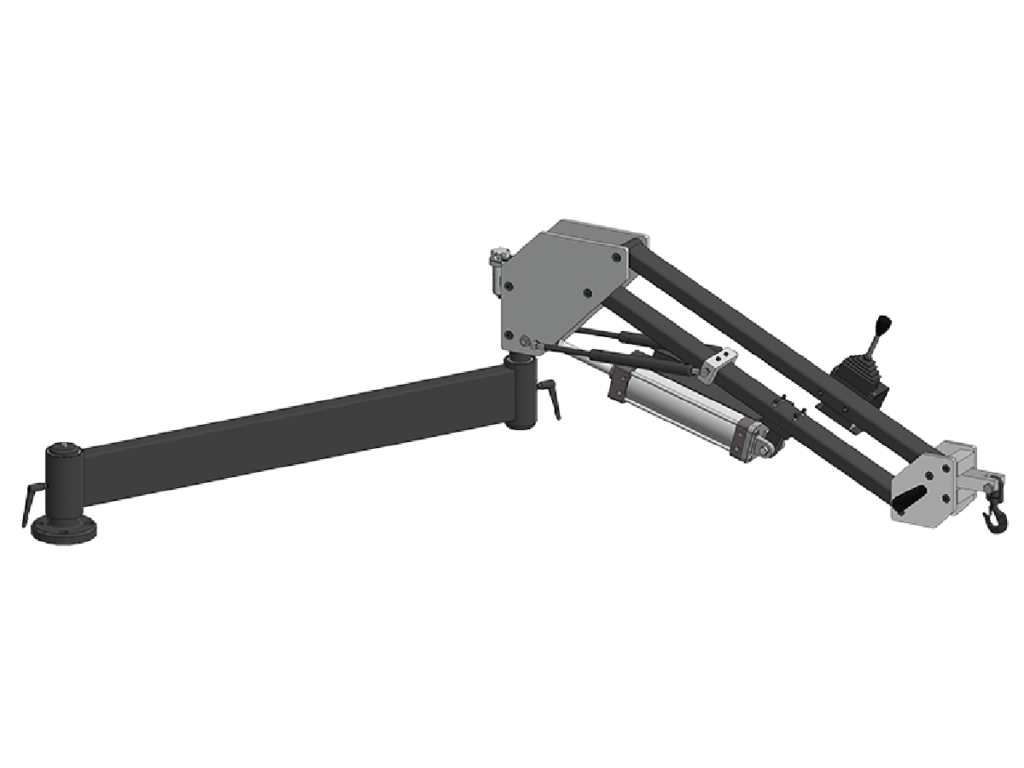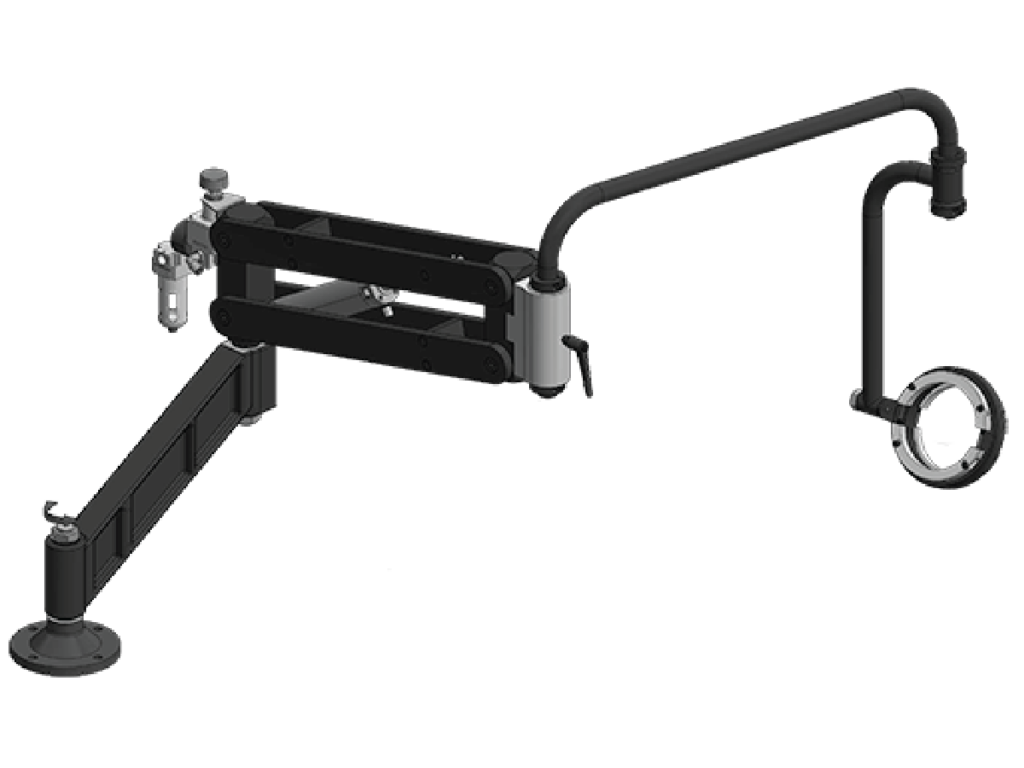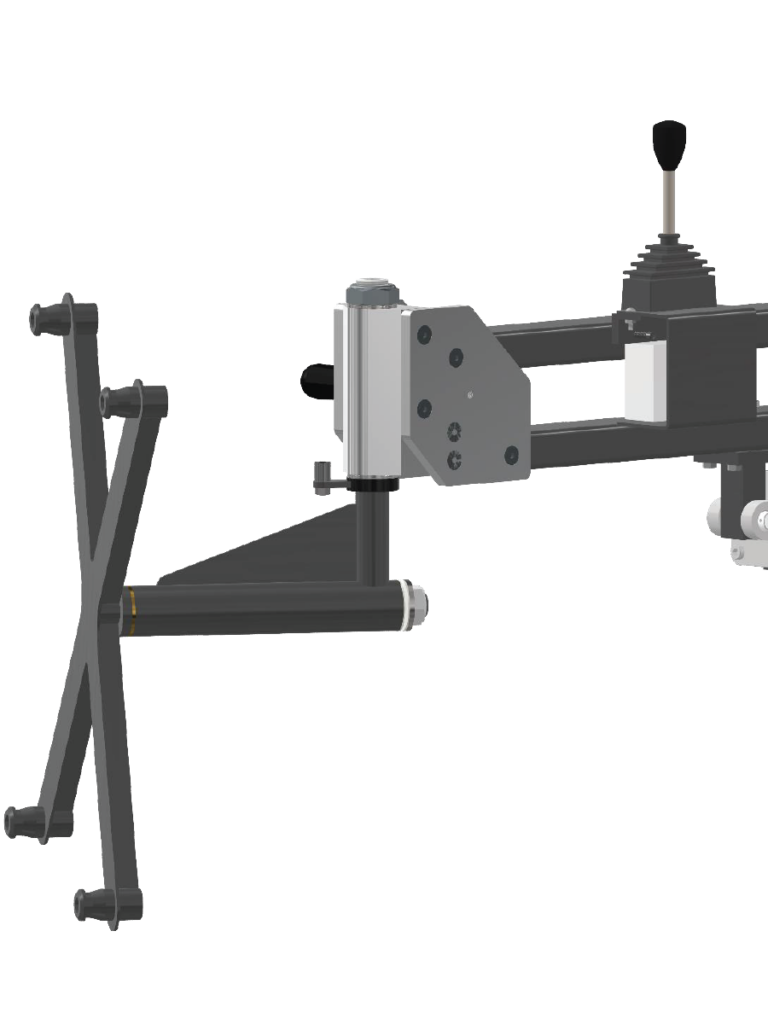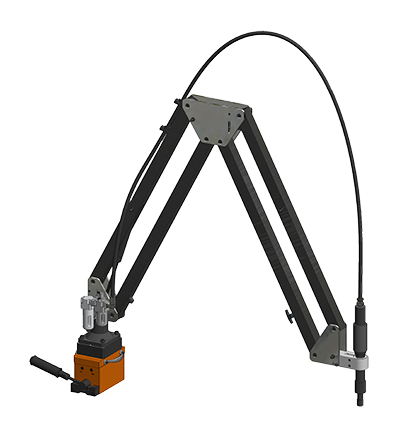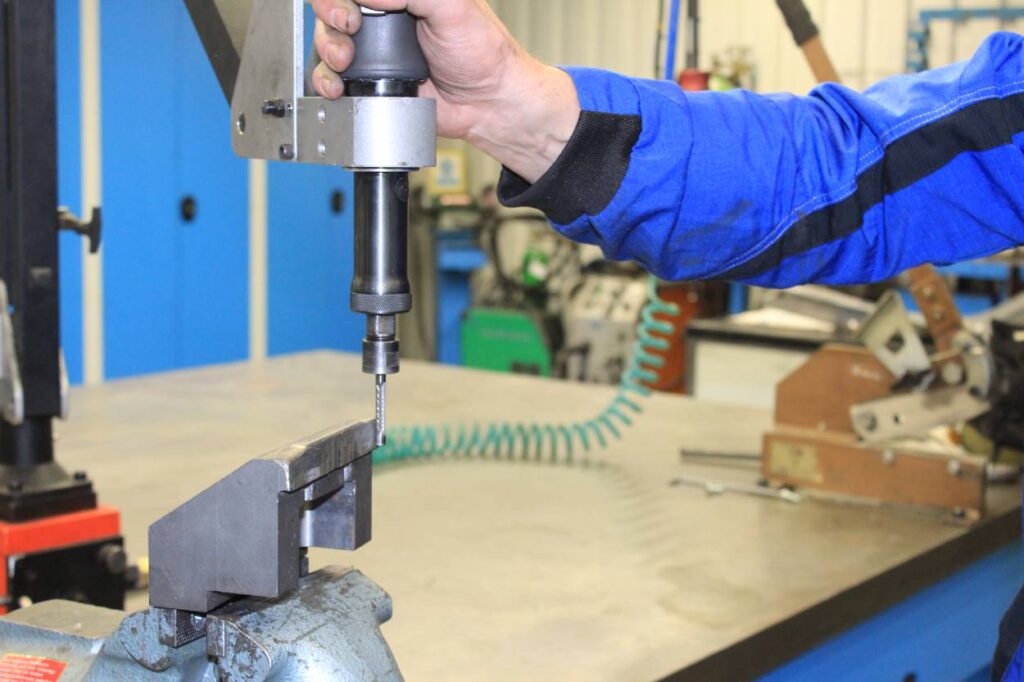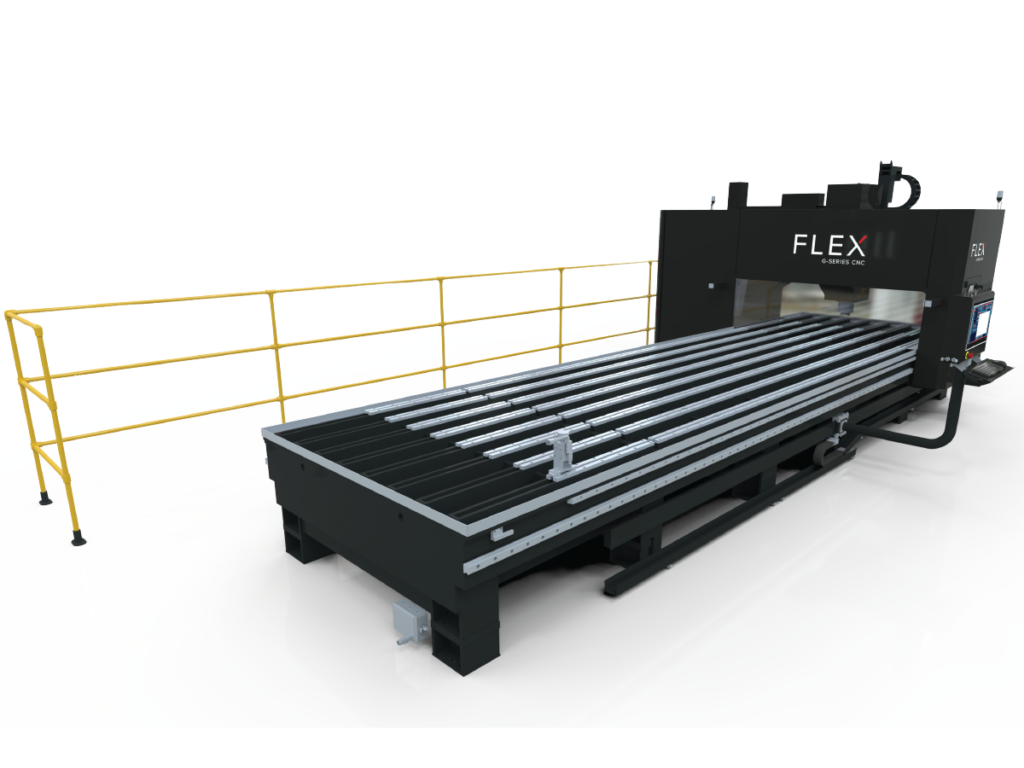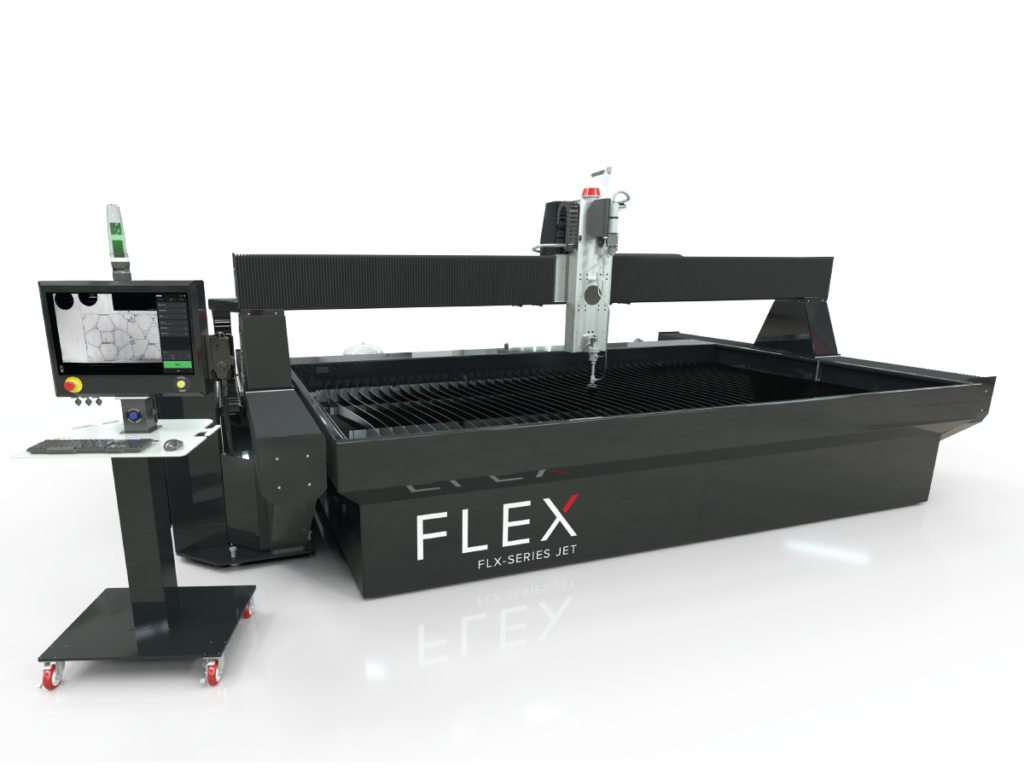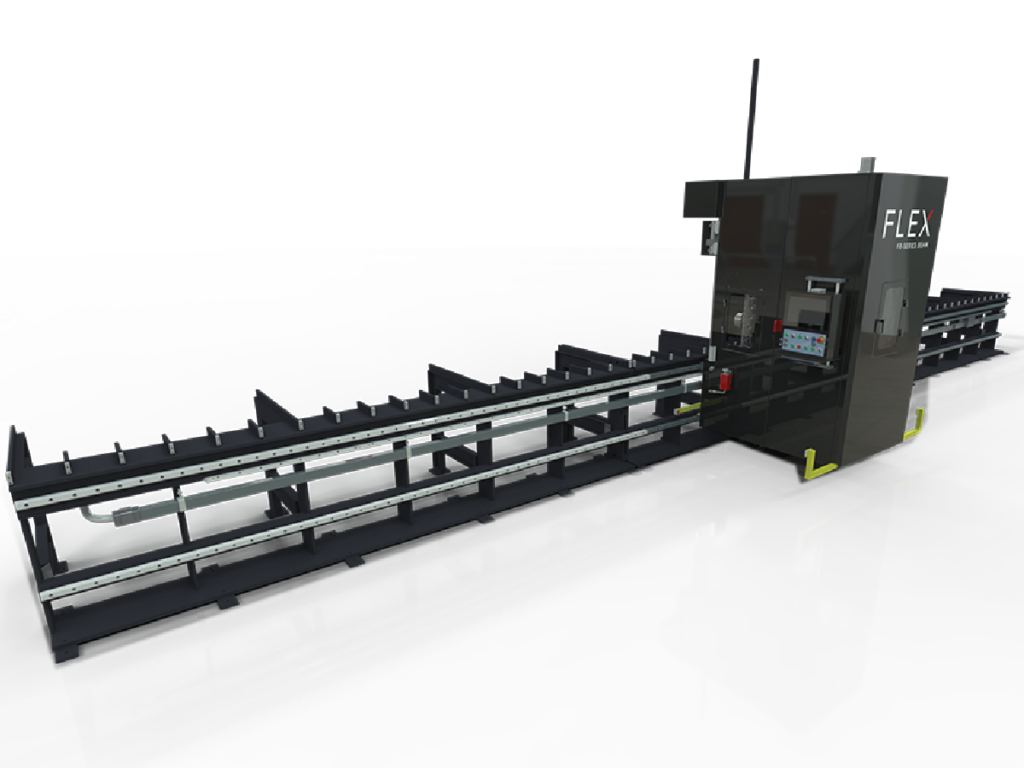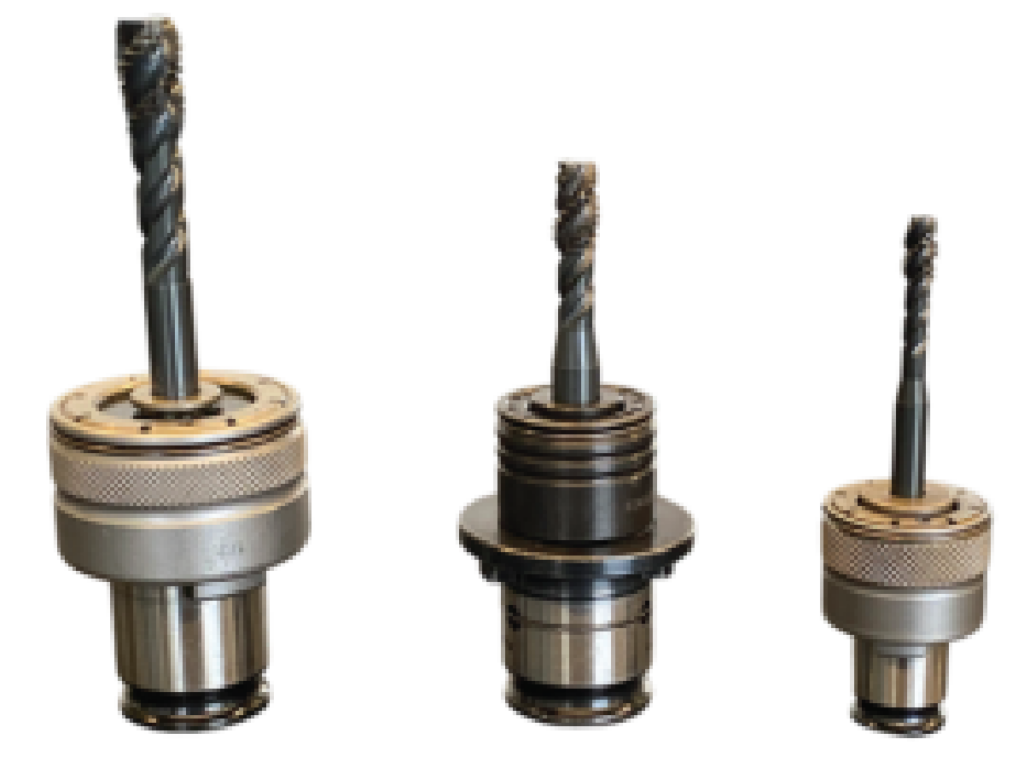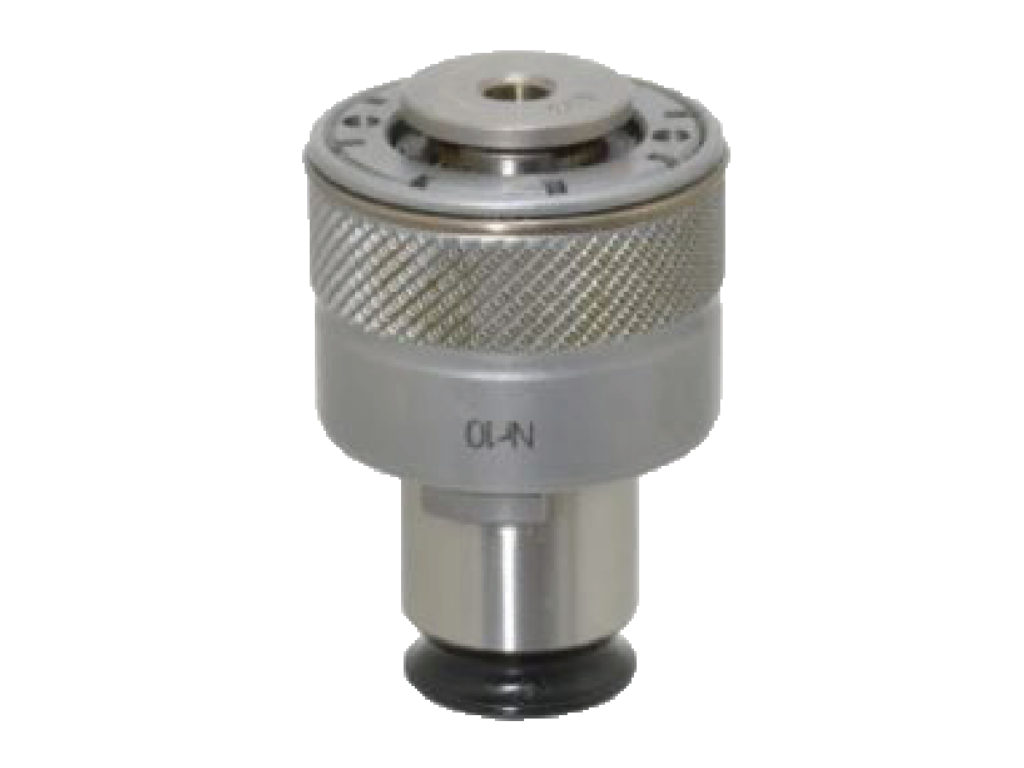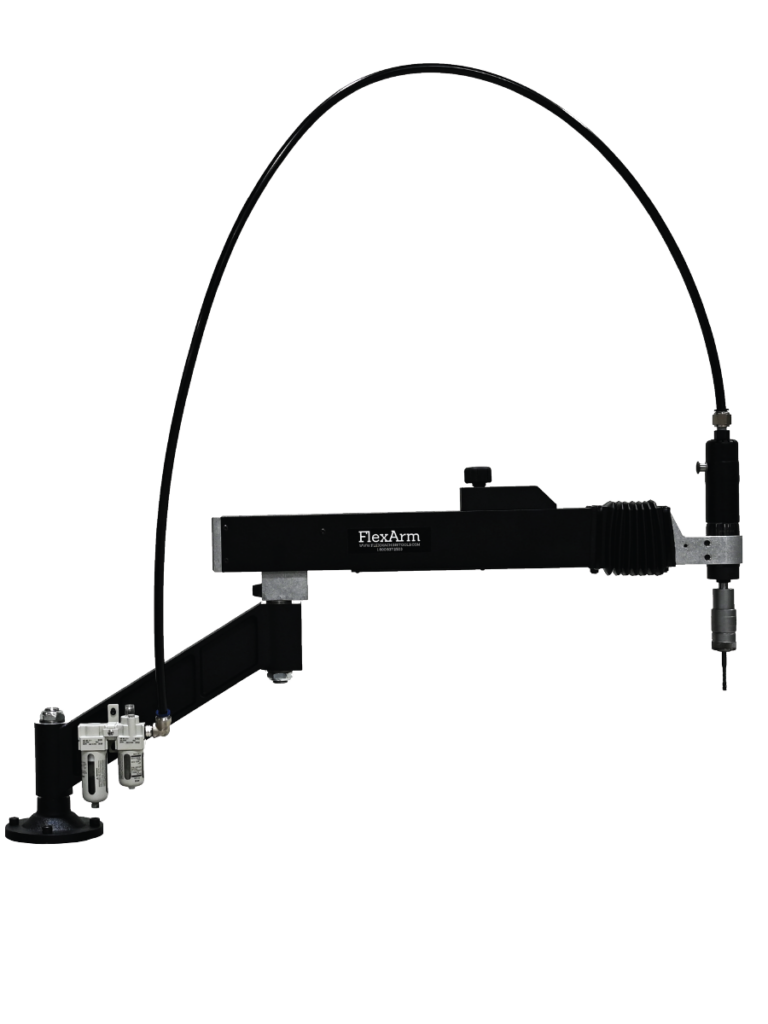The Challenge of Tapping Holes Created by Laser, Plasma, and Waterjet Cutting Machines
If you work in a fabrication shop, you are probably familiar with laser, plasma, and waterjet cutting machines. These machines are great for creating holes, but what do you do when those holes need threads? This requires a secondary operation.
Traditionally, operators will use radial drills, handheld drills, hand taps, manual mills, or CNC Machining Centers to tap these holes. These solutions are often inefficient and can sometimes result in less-than-perfect threads. Additionally, material handling is required to get the workpiece from the table to the next operation setup.
Let’s look at some of the challenges of tapping holes created by machinery often found in fab shops.
These solutions are much less efficient and often less accurate than the FlexArm. The FlexArm tapping machine allows operators to tap fabricated holes without refixturing their parts, breaking taps, or running costly CNC machines. The mobile nature of the FlexArm makes it easy to go from cutting to tapping in a matter of minutes.
Tapping Plasma Cut Holes
Plasma-cutting machines operate on electricity-conductive materials. The plasma melts the material, moving fast
enough to blow molten material away from the cutting area. Because of the heat required to cut plasma cut holes, the holes are often imperfect and tend to be oblong. They may also have stress risers. These effects may make it difficult to process without breaking taps. The FlexArm can easily handle most plasma cut holes, even imperfect ones. If an operator needs to clean up a plasma cut hole, a reamer placed in the quick change drill chuck can accomplish this.
Tapping Laser Cut Holes
Laser cutting machines operate using a focused light beam to melt, burn or vaporize the cut material. These machines are capable of drilling, marking, and engraving. Though these machines can handle jobs of almost any complexity, the laser-produced hole results in a hardened heat-affected edge. Hardened holes are challenging to tap without breaking taps. Many operators will ream laser-cut holes before they tap them to make it less likely that their machines will break taps during the tapping process. However, the FlexArm has a clutch mechanism built into the tap that makes it possible to tap laser-cut holes without having to ream it first. If the clutch is triggered, it will ratchet out before the tap breaks.
Tapping Waterjet Cut Holes
Waterjet cutting machines, like the FlexJet, operate using a high-pressure abrasive and water mixture. These machines can cut almost any material relatively cheaply without the need to alter the material’s properties. Waterjets do not use heat, so they do not leave a hardened or misshaped edge. Tapping off a waterjet is often achieved via drill press, cordless drill, or sometimes operators will complete the tapping process in a CNC machine.The issue with using radial or cordless drills for tapping is that this often results in tap breakage and thread inaccuracies. CNC machines are expensive to run, and tapping may not be the best use of the machine. The FlexArm frees up the machine for more complex machining operations.
The FlexArm tapping machine is an efficient solution for tapping fabricated holes. The FlexArm reduces the need to run a CNC machine, refixture the part more than once, and decreases tap breakage, saving the shop time and money. Additionally, the mag base (available on pneumatic arms) allows you to attach the magnet directly to the workpiece and tap everything in one setup without removing the workpiece from the table. If you’re looking for an effective solution for tapping fabricated holes, contact us, we can help you find the right solution for your needs.


